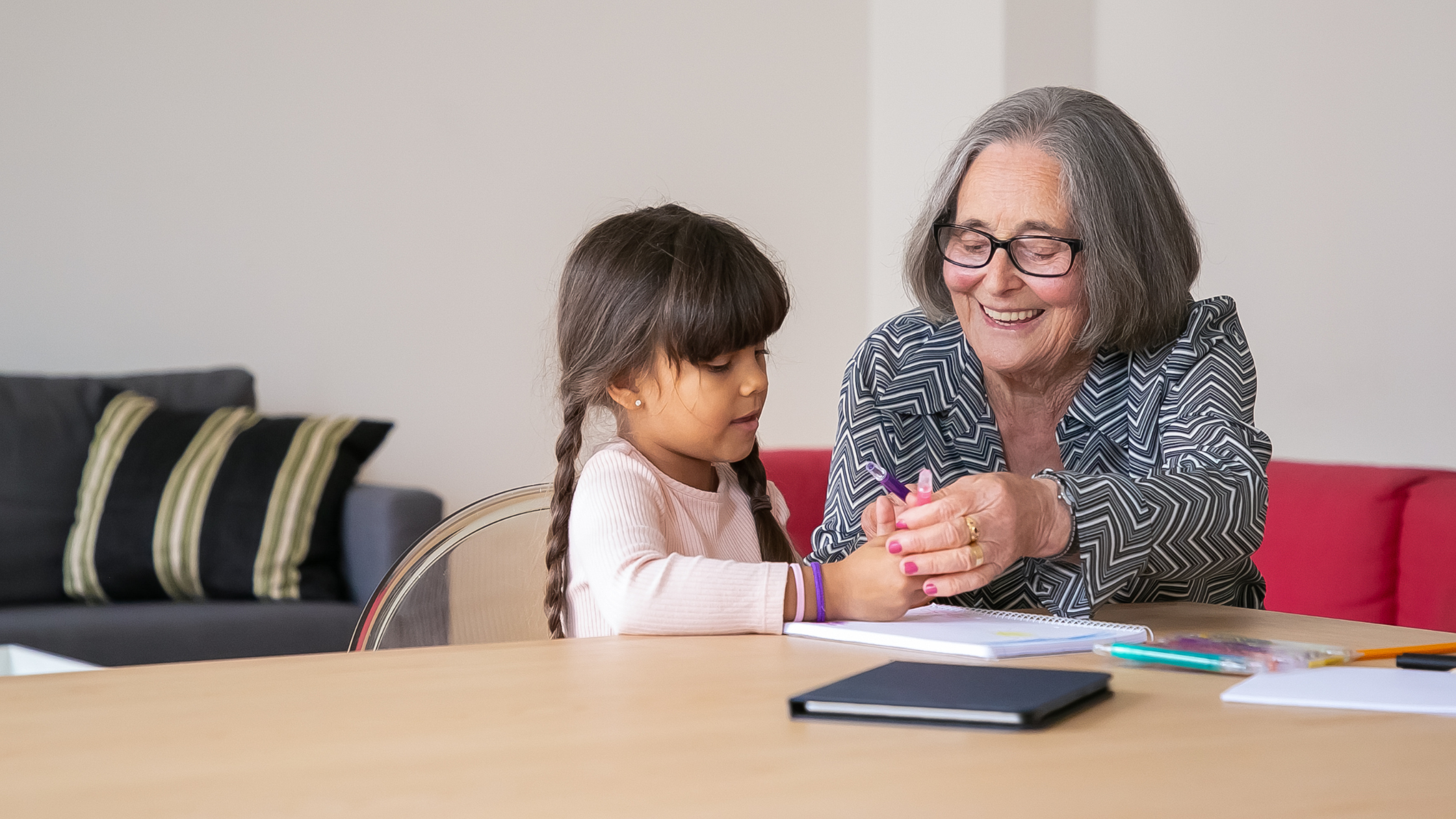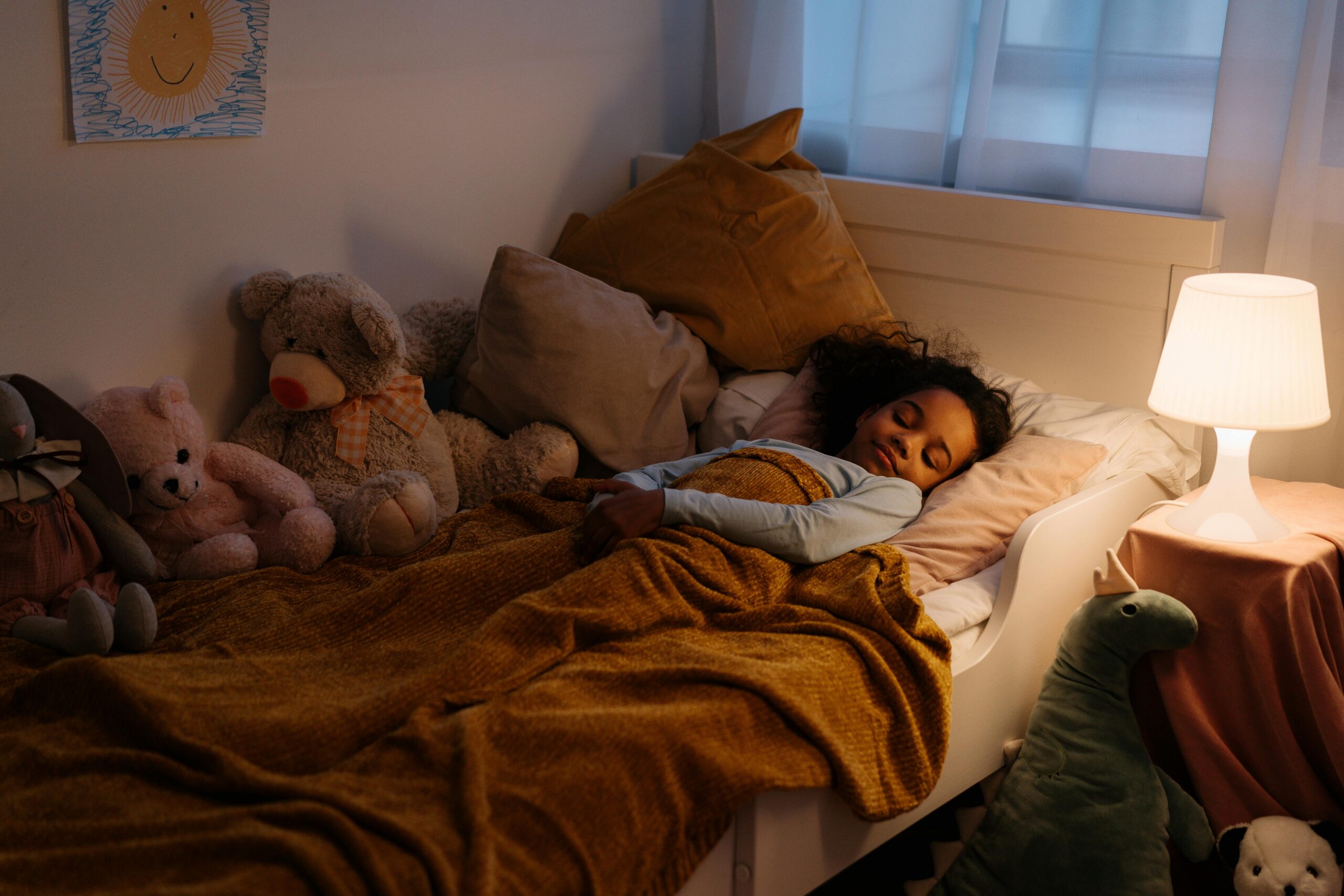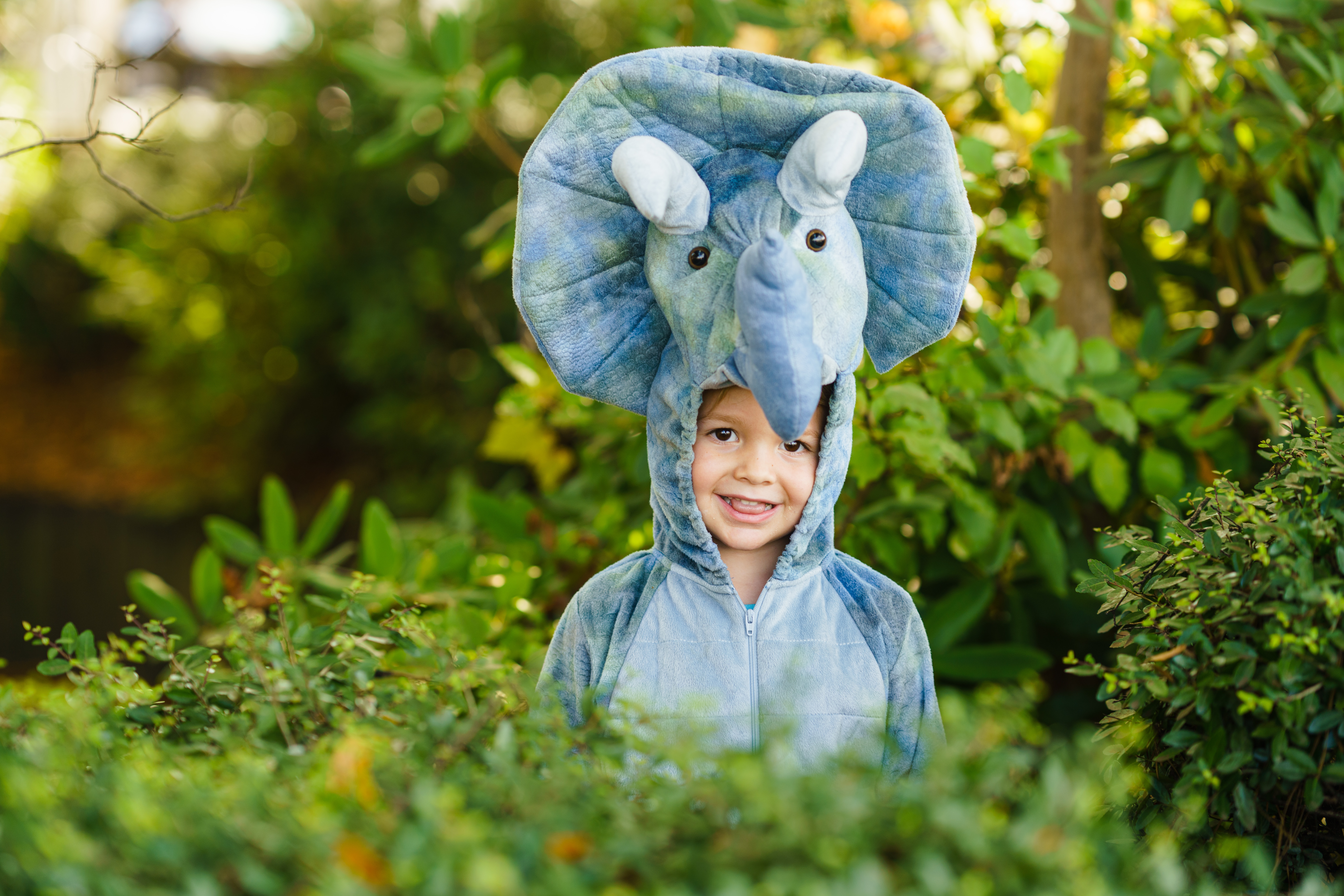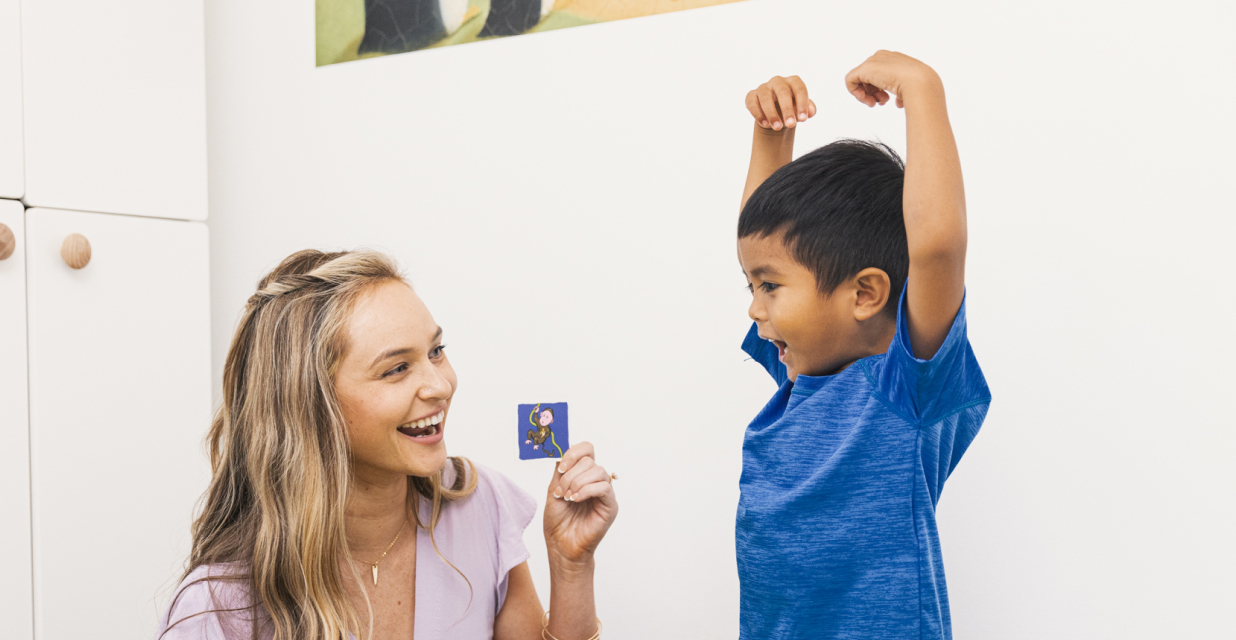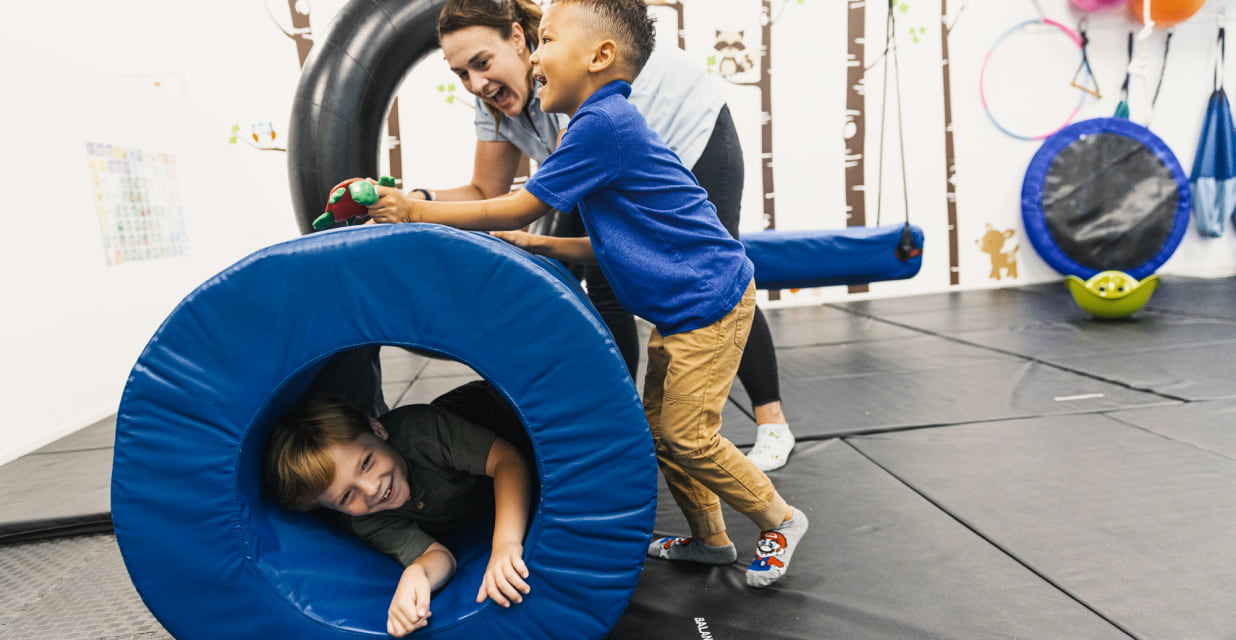April is Occupational Therapy Month. This month is designated to celebrate the field of occupational therapy and what occupational therapists do to support their clients and families in living life to their fullest potential. In a pediatric setting, this includes supporting children with their participation in age appropriate activities of daily living (ADLs), play activities, feeding activities, educational activities, as well as any activity that is meaningful to the child and their family. Occupational therapists use a variety of techniques and activities to support their clients in building a variety of skills. In honor of occupational therapy month, here are the top 10 tools and activities therapists use during pediatric occupational therapy sessions.
10 of Our Therapists Favorite Tools and Activities
1. Swings – Swings can be used in a variety of ways. Swings provide vestibular input which is sensory input that tells the brain and body how they are moving in relation to the environment. Vestibular input can be calming or alerting to the child’s body depending on how the therapist directs the swing movement. Swings can also be used in a variety of ways other than for swinging movement. A swing can be a balance beam, or a surfboard, or a log. Using swings in a variety of imaginative ways can target lots of different skills.
2. Climbing Items- Climbing uses a child’s muscles in ways that can help regulate their sensory systems and support their self regulation abilities. Climbing also supports a child’s gross motor skill development and helps them learn more about where their body is and improve their body awareness.
3. Arts and Crafts Materials- Paper, pipe cleaners, tissue paper, beads, you name it, we have probably used it in our sessions at some point. Whether it’s ripping, cutting, gluing, or stringing there are a variety of skills that can be developed through craft activities. While fine motor control and visual motor skills can be developed through the use of arts and crafts we can also work on executive functioning, motor planning, and attention skills through crafts that have multiple steps or parts. Arts and crafts can also be tailored to a child’s interest, getting the child excited about working on a lot of skills at once.
4. Putty/Playdoh- Playdoh and putty can be used for a wide variety of things. Therapists use these activities to build hand strength, work on tactile differentiation (the kids have to find items in the putty-feel the differences between the putty and the item), using both hands together, spatial awareness (the play doh has to be rolled big enough to fit the cookie cutter), and many other skills.
5. Crash pads/Bean Bags- Kids can have the opportunity to crash or get under crash pads or get squeezed by bean bags. This can support a child’s sensory processing skills and therefore allow them to have greater self-regulation abilities.
6. Games – Not only do games help therapists teach social skills through sharing and turn taking but they can often be paired with gross motor activities to support kids sensory processing skills and abilities while also incorporating a variety of skills that can be targeted depending on the game. Using games also allows the child some choice in the session activities and creates greater buy-in.
7. Dressing tools/items- One of the things that OTs work on with children is their ability to dress themselves and tolerate a variety of clothing textures. Using button boards, zipper boards, as well as, socks, shoes, shirts, and pants are important tools to support building those skills.
8. Crayons, Markers, and Pencils- One of the most common things people think occupational therapists work on is handwriting. While it is just one of many things that we address. Using crayons, markers, and pencils are important to help a child build an appropriate grasp. Using small markers, broken crayons, or writing on a vertical surface all help facilitate an appropriate grasp.
9. Weighted Items- Using weighted items can support a child’s sensory processing and increase their attention, engagement, and regulation. Weighted vests and ankle weights can be worn during a variety of activities to provide the child with additional sensory input and therefore increase regulation. Therapists also use weighted blankets, lap pads or stuffed animals to help a child calm their body and attend to a task for a greater period of time.
10. Balls- Balls of all shapes and sizes are wonderful tools to use in occupational therapy sessions. Balls can be used at chairs to allow the child to wiggle a little extra while sitting at the table. They can be used under a child’s belly to build their core, shoulder and hand muscles while they support themselves. A therapist can use throwing and catching a ball as a way to build the child’s hand eye coordination, as well as, their upper limb coordination. Balls can also be used to apply pressure to a child’s body through rolling over their back, legs or arms, to support increased sensory regulation.
Bonus Number 11: Messy Play Activities- Messy play activities, such as shaving cream, water, slime, finger painting, etc., can be a great way for children to decrease their tactile sensitivities (or their resistance to having dirty hands) through exposure in a fun way. Messy play can also work on a child’s sensory processing abilities that support feeding skills. Therapists will sometimes use messy play for development of visual motor skills as well, drawing in shaving cream or paint can help a child learn the way to make letters and shapes without the added skill of needing to hold a pencil.
Occupational therapists use a variety of activities in conventional and sometimes very creative ways to support the skill development of the kids they treat. The most important part of all the activities used by pediatric occupational therapists is to ensure that they are fun and that the kids are motivated by them. Sometimes that requires some really impressive imagination! Skill development through play is the goal of pediatric occupational therapists at SmallTalk.
By Erin Christensen, OTR/L
